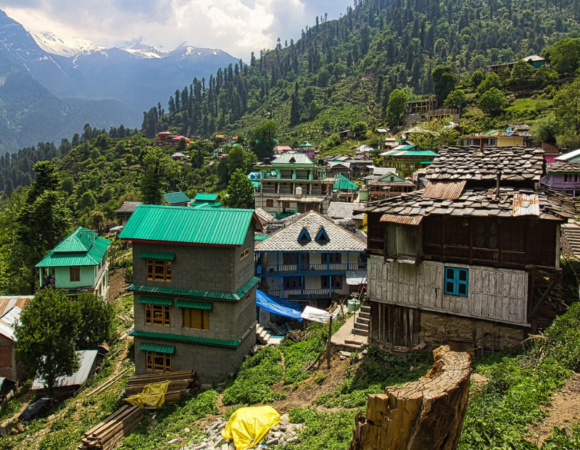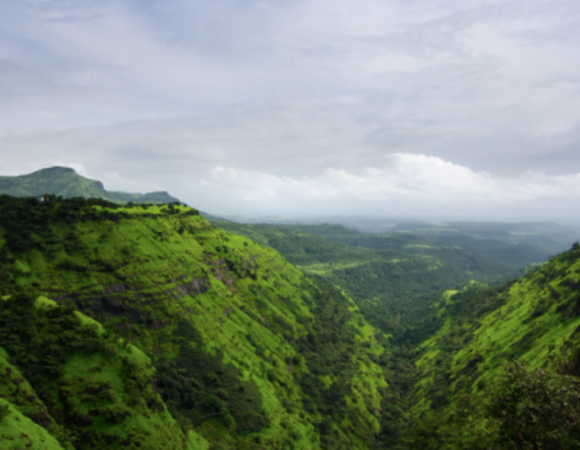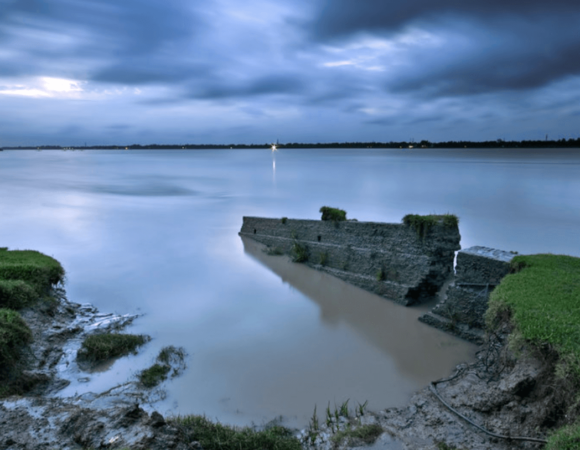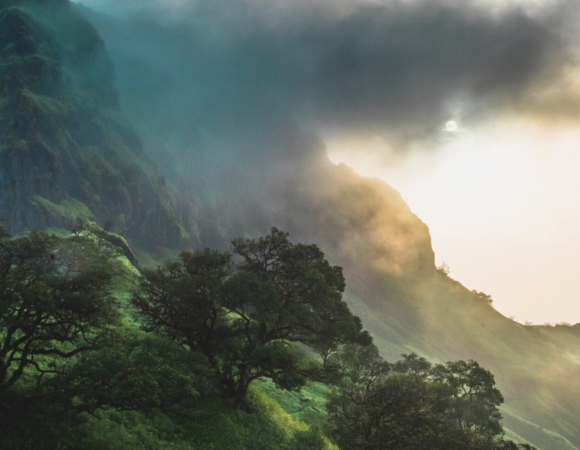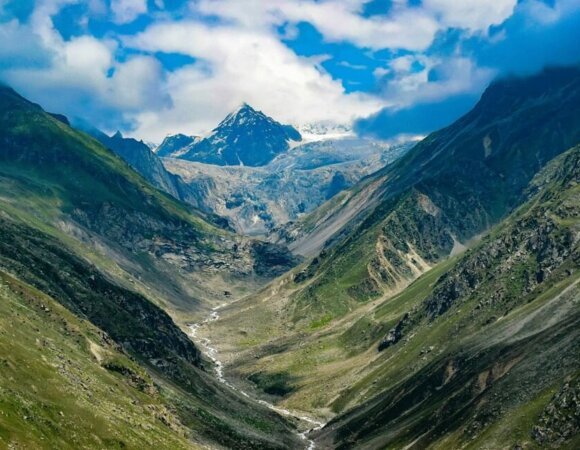Discover the Beauty and Challenges of Weather in Mountains | Scoutripper
Table of Contents
ToggleThe weather in mountains can be unpredictable and change rapidly, making it essential to understand the climate before embarking on any outdoor adventure. Mountains are notorious for their harsh and extreme weather conditions, which can vary significantly depending on the season and altitude. Here’s what you need to know about the weather in mountains and how to prepare for your adventure:

Mountains are large landforms that rise high above the surrounding landscape. They are typically formed by tectonic plate movements and volcanic activity. Mountains can be found on every continent, and they vary in height, shape and composition.
They are important for their natural resources, biodiversity and cultural significance. Mountainous regions are often challenging environments, with extreme weather conditions, difficult terrain and limited access to resources. Despite these challenges, mountains are also popular destinations for outdoor enthusiasts and tourists seeking adventure and stunning scenery.
Understanding the Weather in Mountains
Mountains can experience a wide range of weather conditions, including high winds, intense heat, extreme cold, and heavy precipitation. The temperature can drop significantly with an increase in altitude, and the air can become thinner, leading to altitude sickness in some individuals. Moreover, the weather in mountains can change suddenly and unexpectedly, making it crucial to be prepared for all eventualities.

During the summer months, the weather in mountains can be pleasant, with warm temperatures during the day and cool nights. However, thunderstorms can occur frequently, especially in the afternoons, and it’s essential to keep an eye on the forecast and avoid high peaks and ridges during storms.
In the winter months, the weather in mountains can be severe, with freezing temperatures and snowfall. Avalanches can also be a significant concern during this time and require careful planning and preparation. It’s essential to check the avalanche forecast before embarking on any winter outdoor adventure.
Challenges of Weather In Mountains
Weather in mountains can present a range of challenges for individuals and communities living, working or traveling in these regions. The high altitude, steep terrain and variable atmospheric conditions can create hazardous conditions that can be difficult to manage and adapt to. Some of the main challenges of weather in mountains include:
Extreme Temperatures: At high altitudes, temperatures can fluctuate dramatically, and extreme cold can be a common occurrence. This can pose risks to individuals who are not properly prepared for such conditions, leading to hypothermia, frostbite and other cold-related illnesses.
Windy Conditions: Mountains are often exposed to strong winds, which can create challenging conditions for those traveling or working in these areas. High winds can cause damage to structures and pose risks to individuals who are not prepared for the force of the wind.

Heavy Snowfall: Mountains are known for heavy snowfall, which can cause travel disruptions, power outages and damage to infrastructure. Heavy snow can also increase the risk of avalanches, which can be deadly.
Thunderstorms: Mountains are also more susceptible to thunderstorms, which can pose risks to hikers, climbers and other outdoor enthusiasts. Lightning strikes, flash flooding and high winds are all potential dangers during thunderstorms.
Altitude Sickness: The high altitude in mountains can also pose health risks for individuals who are not acclimatized to the thin air. Altitude sickness can cause headaches, nausea, fatigue and other symptoms, which can be dangerous for individuals who are climbing or hiking in remote areas.
Overall, the challenges of weather in mountains can be significant, and individuals and communities must be prepared to manage and adapt to these conditions to minimize risks and ensure safety. Proper equipment, training and knowledge are essential for those who are living, working or traveling in mountainous regions.
Preparing for the Weather in Mountains
Preparation is key when it comes to dealing with the weather in mountains. Here are some tips to help you prepare for your adventure:
Check The Weather Forecast: Always check the weather forecast before heading out on any outdoor adventure in mountains. This will give you an idea of what to expect and help you plan your trip accordingly.

Dress Appropriately: Dressing appropriately for the weather conditions is crucial in mountains. Wear layers to regulate your body temperature, and pack extra clothing in case of sudden changes in the weather. A waterproof jacket, hat, and gloves are also essential.
Carry Essential Gear: Always carry essential gear such as a map, compass, GPS, and first-aid kit. Carry a flashlight or headlamp if you plan to trek in low-light conditions.
Plan Your Route: Plan your route carefully, taking into account the weather conditions and terrain. Choose a route that suits your experience level and physical fitness.
Important Signs Of Weather In Mountains
Knowing how to read the signs of weather in mountains is essential for anyone planning to embark on an outdoor adventure. The weather in mountains can change rapidly and unexpectedly, and understanding the signs can help you stay safe and prepared. Here are some important signs of weather in mountains to look out for:
Clouds: Clouds can provide crucial information about the weather in mountains. If you see dark, ominous clouds gathering, it’s a sign of a possible storm. High, thin clouds may indicate that the weather is likely to change in the next 24 hours.
Wind: Wind can indicate a change in the weather in mountains. If you notice a sudden increase in wind speed, it’s a sign of a possible storm or cold front. Strong winds can also increase the risk of avalanches and make it challenging to move around safely.
Temperature: Temperature is a critical factor in the weather in mountains. If you notice a sudden drop in temperature, it may indicate a storm or a cold front approaching. Similarly, if the temperature rises suddenly, it may indicate that a warm front is on the way.
Humidity: High humidity levels can indicate that a storm is approaching. If you notice the air feeling heavy or damp, it’s a sign that the weather may change soon.
Animal Behavior: Observing the behavior of animals can provide valuable information about the weather in mountains. For example, if you notice birds flying low or animals moving to higher ground, it may indicate that a storm is approaching.
Sunrise and Sunset: The color of the sky during sunrise and sunset can provide clues about the weather in mountains. A red sky during sunrise or sunset may indicate that a storm is on the way.
In conclusion, being able to read the signs of weather in mountains is an essential skill for anyone planning to embark on an outdoor adventure. Paying attention to clouds, wind, temperature, humidity, animal behavior, and the color of the sky during sunrise and sunset can provide valuable information about the weather and help you stay safe and prepared.
Read more: How To Stay Fit For High Altitude Trek
Diseases Due To Weather In Mountains
Mountain environments present unique health challenges, including the potential for exposure to extreme weather conditions that can cause or exacerbate various illnesses. Here are some common diseases due to weather in mountains:
Hypothermia: Hypothermia is a condition that occurs when the body’s core temperature drops below 95°F. It is most commonly caused by exposure to cold, wet, and windy conditions, which can be common in mountains. Symptoms include shivering, confusion, and fatigue, and it can be life-threatening if not treated promptly.
Frostbite: Frostbite is a condition that occurs when the skin and underlying tissues freeze due to exposure to cold temperatures. It commonly affects the fingers, toes, nose, and ears and can cause permanent damage. Symptoms include numbness, tingling, and a feeling of coldness in the affected area.
Sunburn: Sunburn is a common condition caused by overexposure to ultraviolet (UV) radiation from the sun. In mountain environments, where the air is thinner, there is less protection from UV rays, and the risk of sunburn is higher. Symptoms include redness, pain, and blisters on the affected area.
Altitude Sickness: Altitude sickness, also known as acute mountain sickness, is a condition that occurs when the body is exposed to high altitudes. It is caused by a lack of oxygen in the air, and symptoms can include headache, nausea, and shortness of breath. In severe cases, it can lead to cerebral or pulmonary edema, which can be life-threatening.
Dehydration: Dehydration can occur in mountain environments due to the dry air and high altitude. It can lead to symptoms such as thirst, fatigue, and dizziness. It is essential to drink plenty of water and electrolyte-rich fluids to prevent dehydration.
Heat Exhaustion: Heat exhaustion can occur in mountain environments during the summer months when temperatures can be high. It is caused by exposure to hot and humid conditions and can lead to symptoms such as nausea, dizziness, and fatigue.
Diseases due to weather in mountains can pose a significant health risk to individuals who are not adequately prepared. It is essential to understand the potential health hazards associated with mountain environments and take the necessary precautions to prevent illness and injury. Proper planning, including dressing appropriately for the weather, staying hydrated, and acclimating slowly to high altitudes, can help reduce the risk of weather-related illnesses.
Precautions From Weather In Mountains
The weather in mountains can be unpredictable and extreme, and it is essential to take proper precautions to stay safe while enjoying outdoor activities. Here are some precautions to take from weather in mountains:
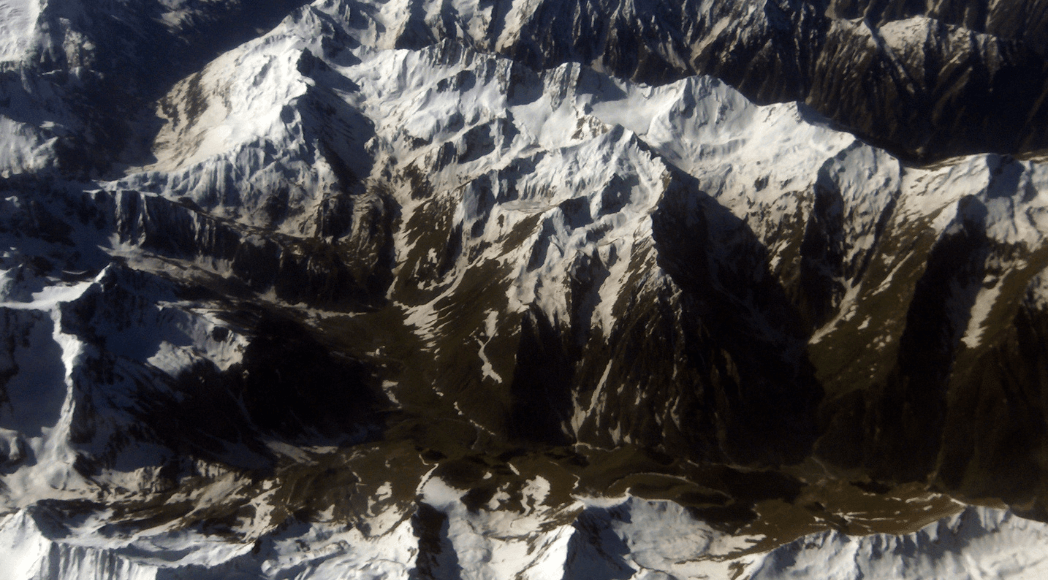
Check the Weather Forecast: Before heading out, check the weather forecast for the area and plan accordingly. Avoid outdoor activities during periods of inclement weather, such as thunderstorms or heavy snowfall.
Dress Appropriately: Dress in layers and wear clothing that can protect you from the elements, such as a waterproof jacket, hat, gloves, and insulated boots. Make sure to wear sunscreen, sunglasses, and a hat to protect your skin and eyes from the sun’s harmful UV rays.
Stay Hydrated: High altitudes and dry mountain air can cause dehydration. Drink plenty of water and avoid alcohol and caffeine, which can exacerbate dehydration.
Acclimate Slowly: If you are traveling to high altitudes, acclimate slowly to give your body time to adjust. Take frequent breaks and avoid overexertion.
Carry Emergency Supplies: Always carry essential supplies, such as a first aid kit, a map and compass, and a fully charged cell phone or communication device. Consider carrying an emergency shelter, such as a lightweight tent or bivy sack, in case of sudden changes in weather.
Watch for Signs of Weather Changes: Be aware of the signs of changing weather, such as dark clouds, sudden wind gusts, or drops in temperature. If you notice signs of an impending storm, find shelter immediately.
Travel with a Companion: It is always best to travel with a companion, especially in mountain environments. Make sure someone knows your planned route and expected return time.
In conclusion, taking precautions from weather in mountains is essential for staying safe during outdoor activities. Checking the weather forecast, dressing appropriately, staying hydrated, acclimating slowly, carrying emergency supplies, watching for signs of weather changes, and traveling with a companion can help reduce the risk of weather-related illnesses and injuries. Always be prepared and stay aware of your surroundings to make the most of your mountain adventure.
Understanding the weather in mountains and preparing accordingly is essential for a safe and enjoyable outdoor adventure. Always check the weather forecast, dress appropriately, carry essential gear, and plan your route carefully. With proper preparation, you can make the most of your mountain adventure and create unforgettable memories.
Frequently Asked Questions for Discover the Beauty & Challenges of Weather in Mountains
What are the important signs of weather in mountains?
Important signs of weather in mountains include sudden changes in temperature, wind gusts, dark clouds, lightning strikes, and heavy precipitation.
What are some precautions to take from weather in mountains?
Precautions to take from weather in mountains include checking the weather forecast, dressing appropriately, staying hydrated, acclimating slowly, carrying emergency supplies, watching for signs of weather changes, and traveling with a companion.
What are some common diseases due to weather in mountains?
Common diseases due to weather in mountains include hypothermia, frostbite, sunburn, altitude sickness, dehydration, and heat exhaustion.
How can I prevent altitude sickness in mountains?
You can prevent altitude sickness in mountains by acclimating slowly, drinking plenty of water, avoiding alcohol and caffeine, and considering medication, such as acetazolamide.
What should I do if I encounter sudden changes in weather while in the mountains?
If you encounter sudden changes in weather while in the mountains, seek shelter immediately, preferably in a low-lying area or a protected space, such as a cave or rock overhang.
How can I protect myself from sunburn in mountains?
You can protect yourself from sunburn in mountains by wearing sunscreen, sunglasses, and a hat and staying in the shade during the hottest parts of the day.
Can dehydration occur in cold weather in mountains?
Yes, dehydration can occur in cold weather in mountains due to the dry air and high altitude. It is essential to drink plenty of water and electrolyte-rich fluids to prevent dehydration.
What should I do if I start experiencing symptoms of altitude sickness?
If you start experiencing symptoms of altitude sickness, descend to a lower altitude immediately, rest, and drink plenty of fluids. If symptoms persist, seek medical attention.
Why is it important to travel with a companion in mountains?
It is important to travel with a companion in mountains for safety reasons. In case of injury or illness, a companion can provide assistance, and in case of an emergency, they can seek help.
What emergency supplies should I carry when going to the mountains?
Essential emergency supplies to carry when going to the mountains include a first aid kit, a map and compass, a fully charged cell phone or communication device, an emergency shelter, such as a lightweight tent or bivy sack, and extra food and water.


